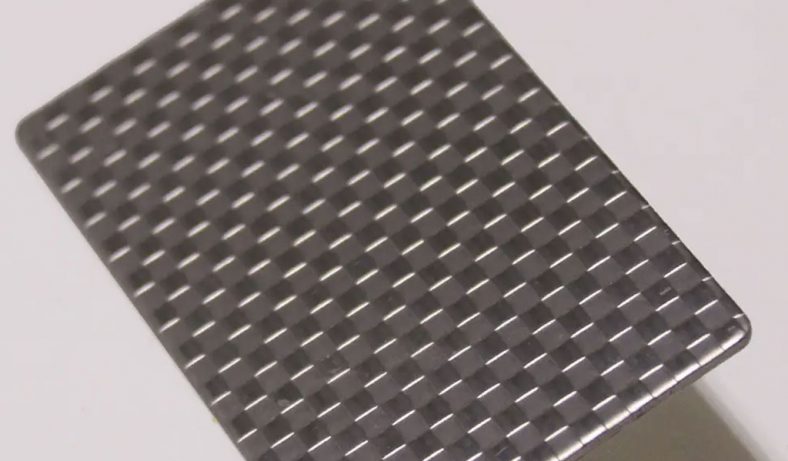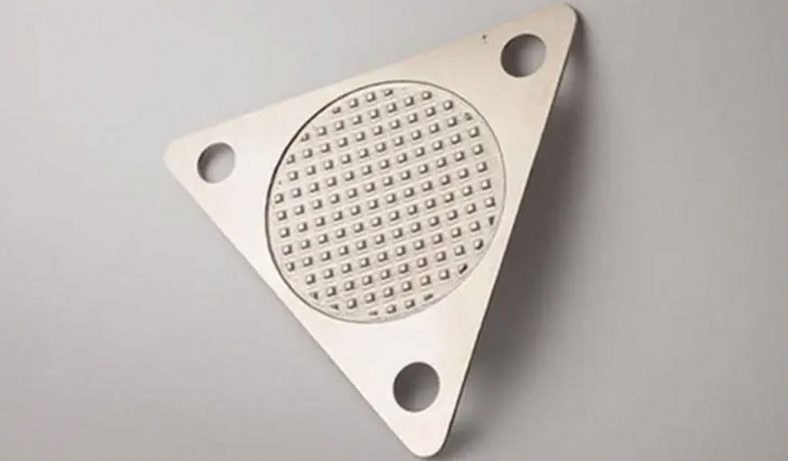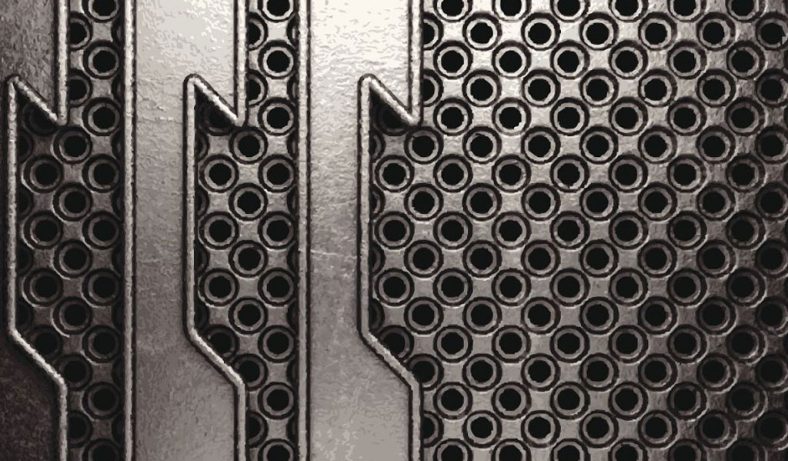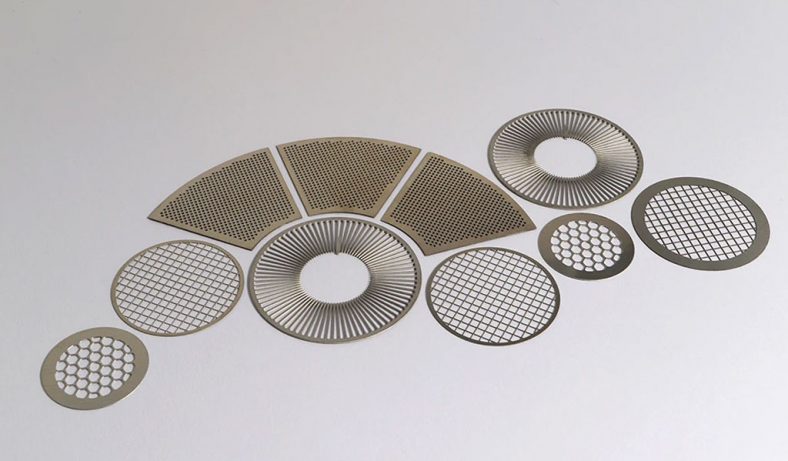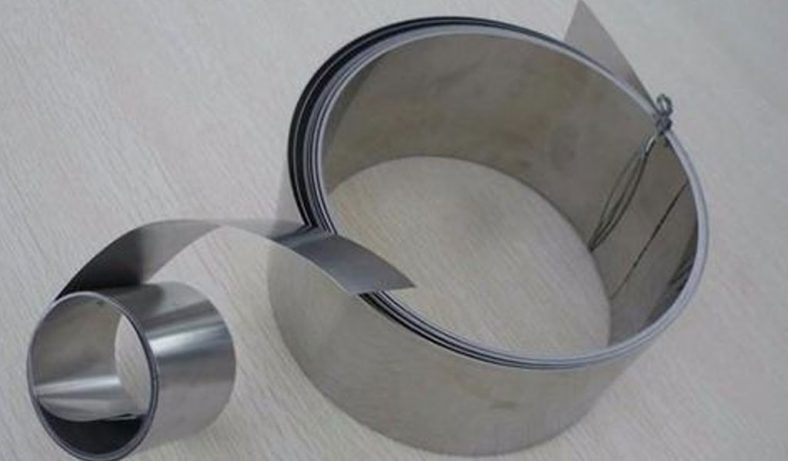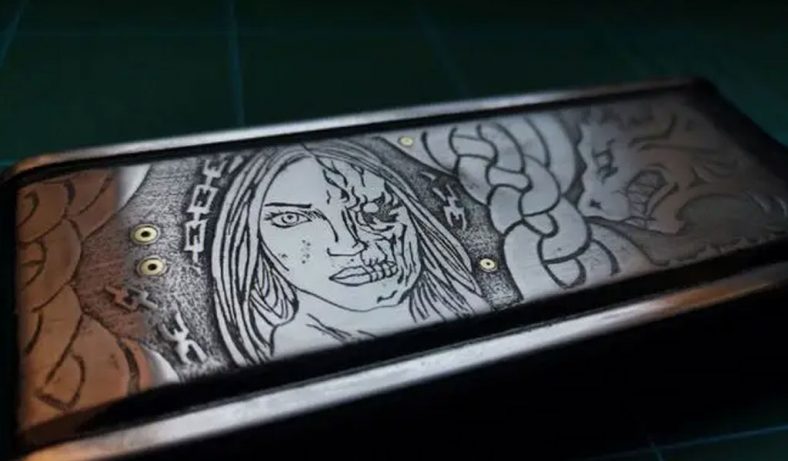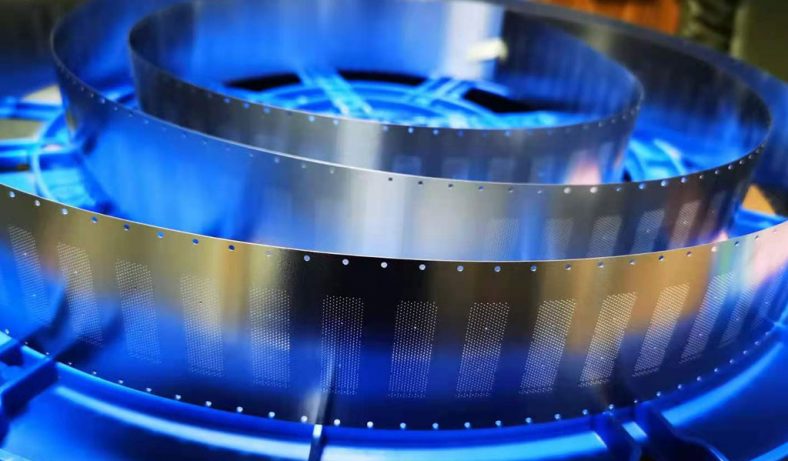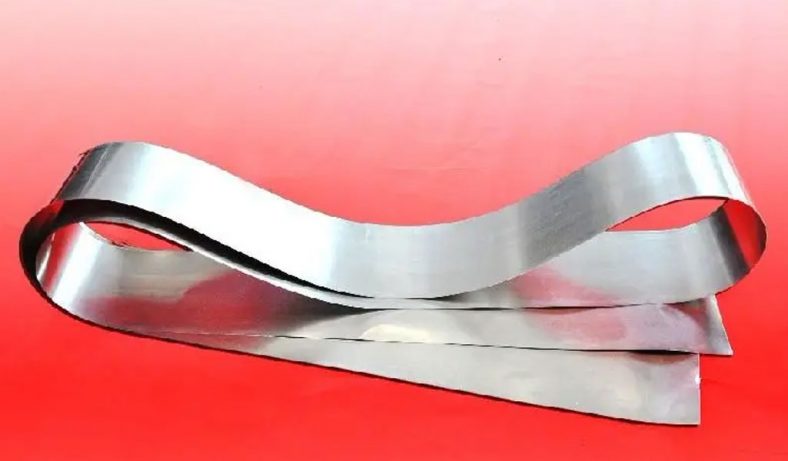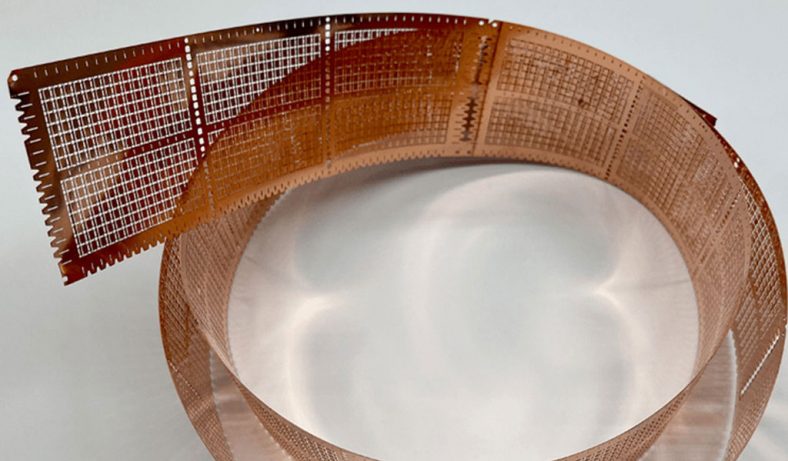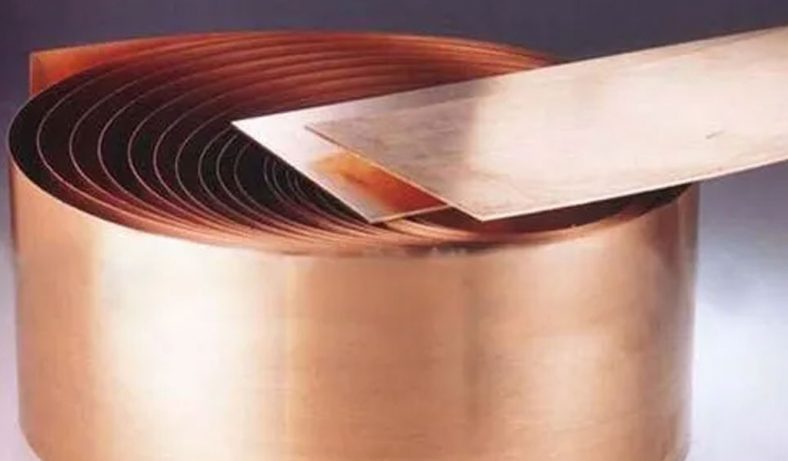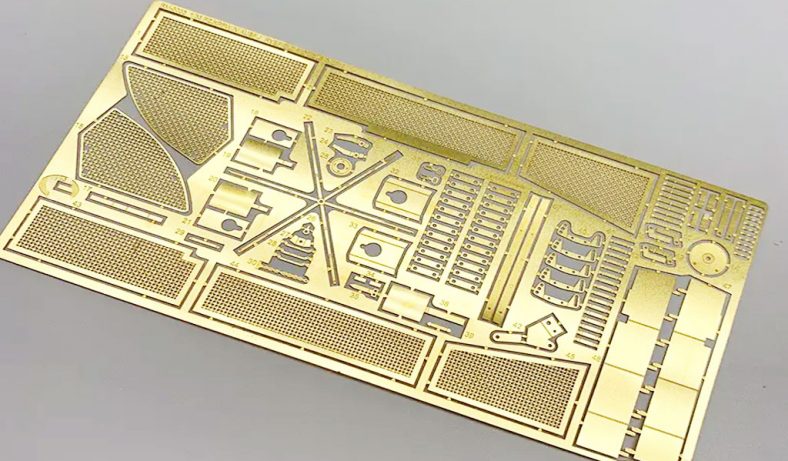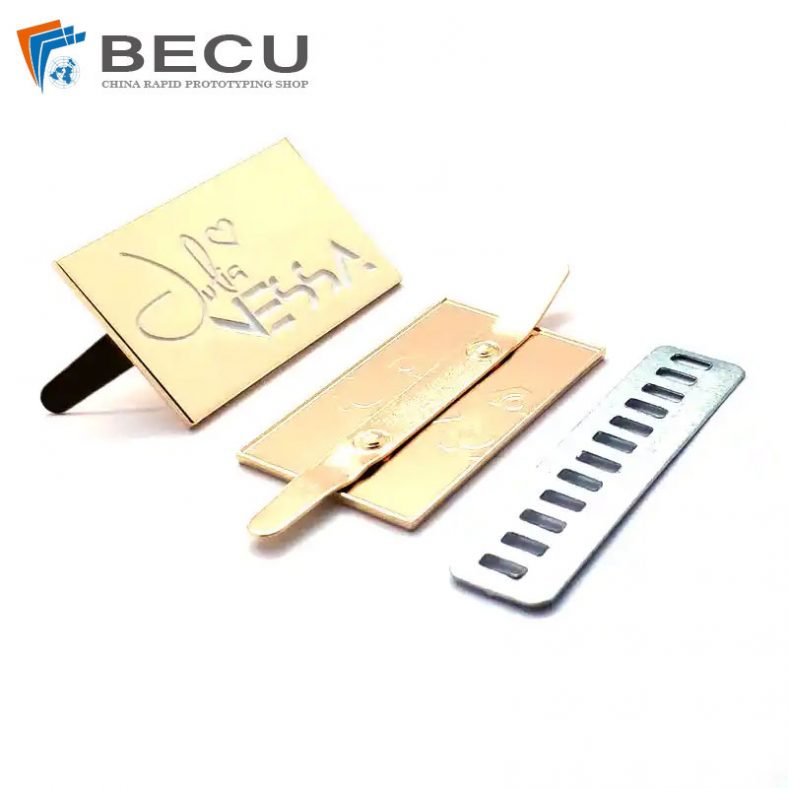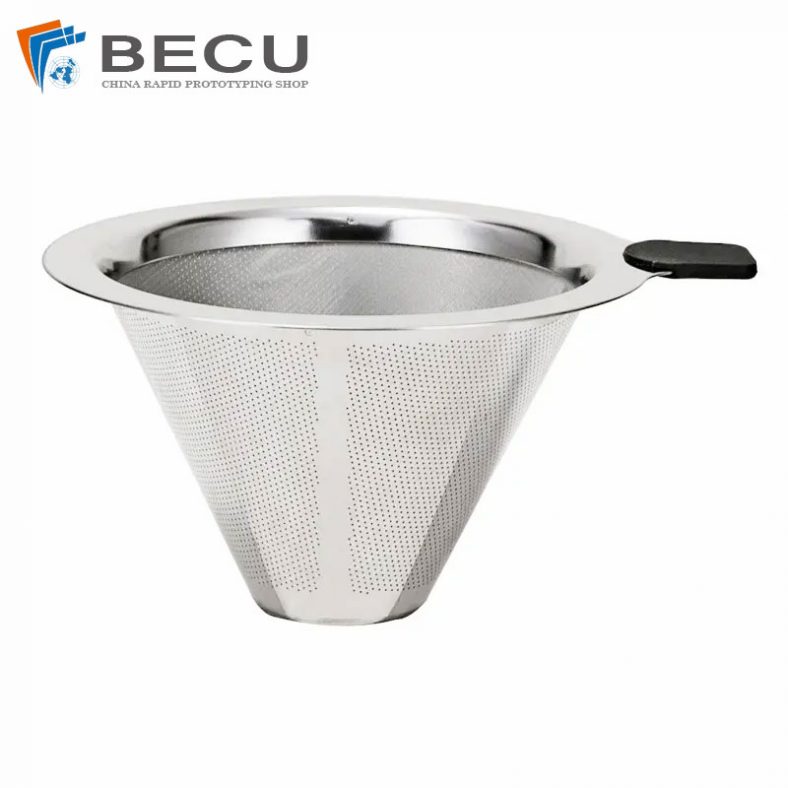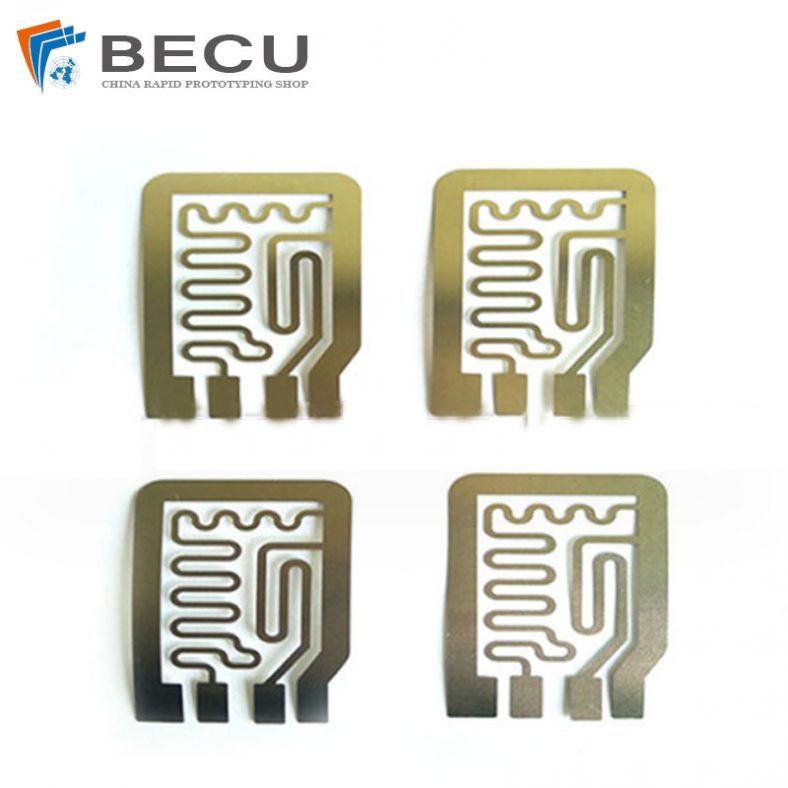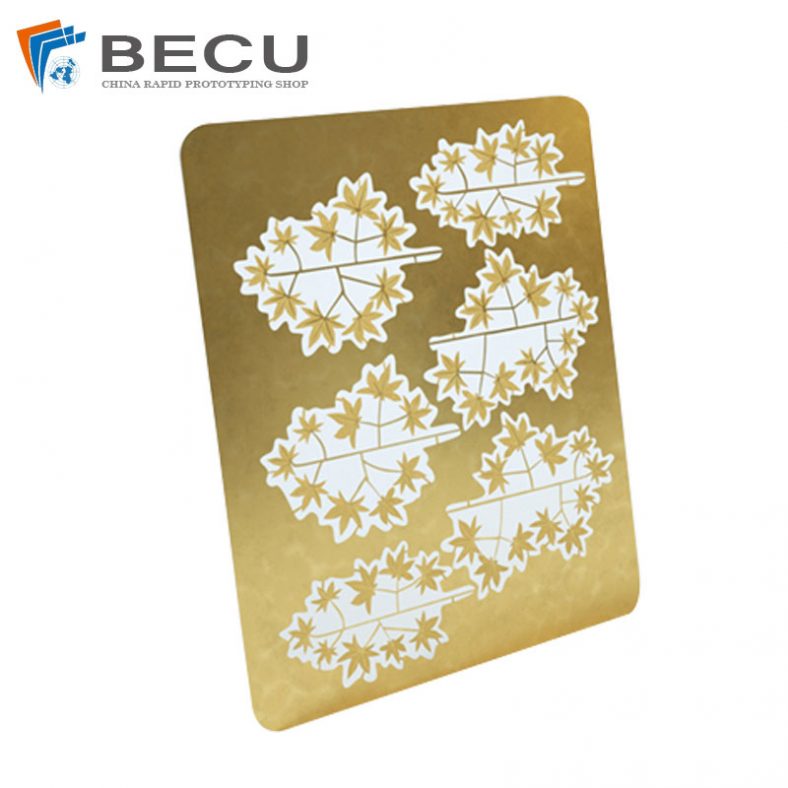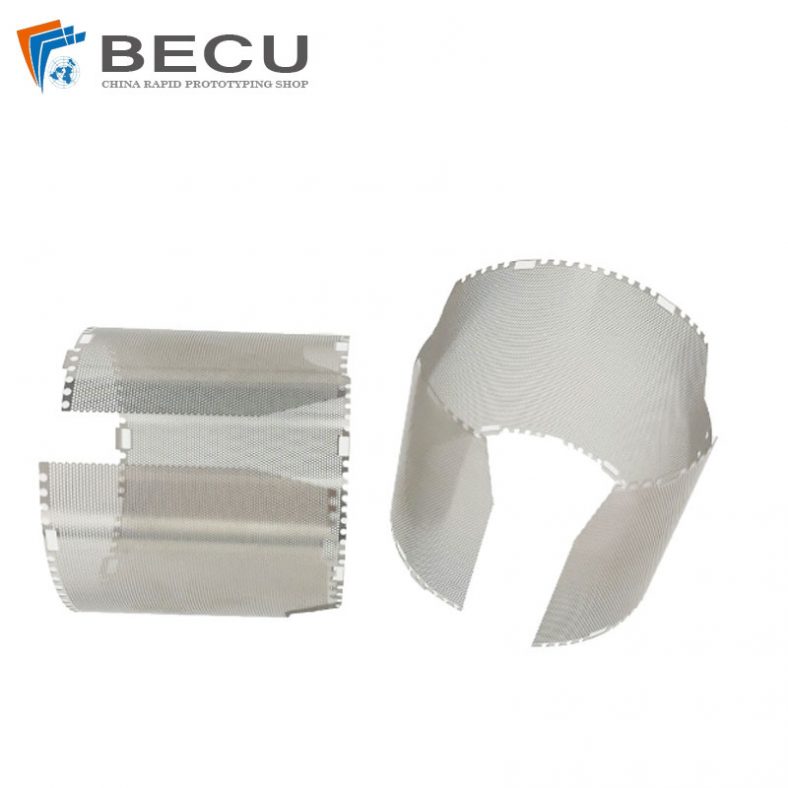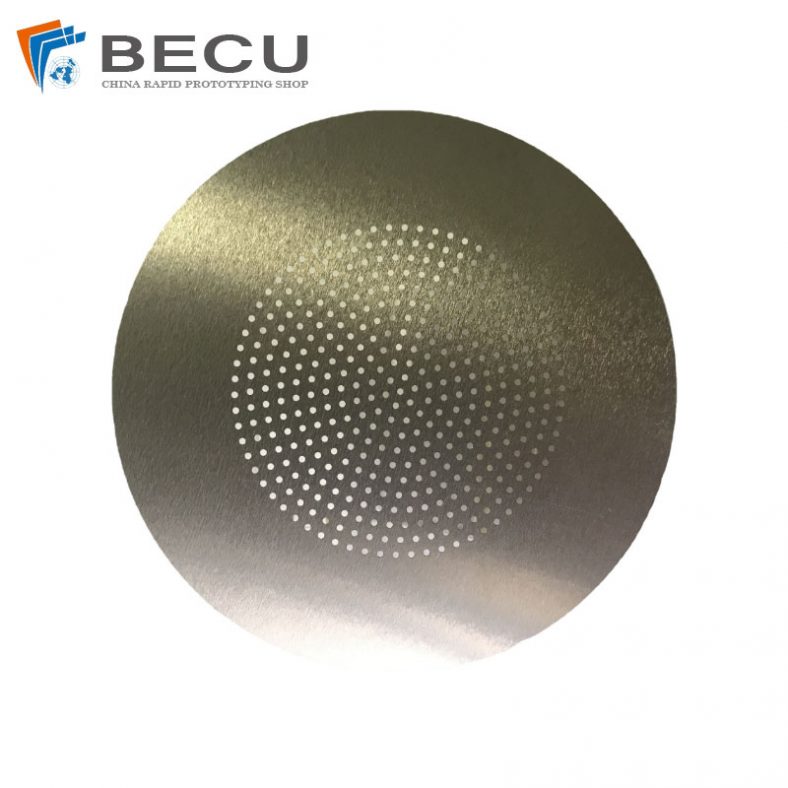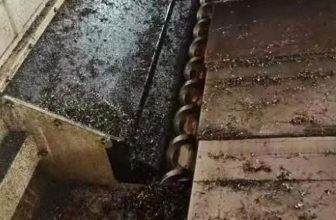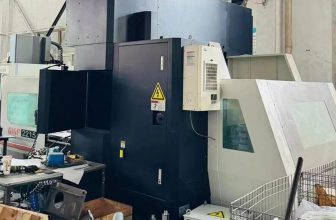Plasma etching is a cornerstone of modern materials processing, particularly in the fabrication of advanced microstructures for applications in aerospace, energy, and microelectronics. Among the materials of interest, nickel-based superalloys stand out due to their exceptional high-temperature strength, corrosion resistance, and mechanical stability. These properties make them indispensable in components such as turbine blades, heat exchangers, and microelectromechanical systems (MEMS). However, the complex microstructure of nickel-based alloys, characterized by a gamma (γ) matrix, gamma-prime (γ’) precipitates, and various carbides, poses significant challenges for achieving precise control during plasma etching. This article provides a comprehensive exploration of the precision control of plasma etching in nickel-based material microstructures, delving into the underlying mechanisms, process parameters, equipment advancements, and recent scientific developments. The discussion is grounded in a detailed analysis of etching techniques, material interactions, and optimization strategies, supported by comparative tables to elucidate key findings.
Fundamentals of Plasma Etching
Plasma Generation and Characteristics
Plasma etching is a dry etching technique that utilizes a partially ionized gas, or plasma, to remove material from a substrate through physical and chemical interactions. The plasma is generated by applying an electric field, typically via radio-frequency (RF) or microwave sources, to a gas mixture, causing ionization and the formation of reactive species such as ions, electrons, and neutral radicals. In the context of nickel-based alloys, commonly used gases include fluorine-based (e.g., SF₆, CF₄), chlorine-based (e.g., Cl₂, BCl₃), and oxygen-containing mixtures, each selected for their reactivity with nickel and associated phases.
The plasma environment is characterized by its density, temperature, and ion energy distribution. High-density plasmas, such as those produced in inductively coupled plasma (ICP) systems, offer enhanced etch rates and anisotropy due to the increased concentration of reactive species. The ion energy distribution function (IEDF) and ion angular distribution function (IADF) are critical in determining the etching profile, as they influence the directionality and uniformity of material removal. For nickel-based alloys, controlling these parameters is essential to achieve precise microstructural features without compromising the material’s integrity.
Etching Mechanisms
Plasma etching of nickel-based alloys involves a combination of physical sputtering and chemical reactions. Physical sputtering occurs when energetic ions bombard the surface, dislodging atoms through momentum transfer. Chemical etching, on the other hand, relies on the formation of volatile reaction products between the substrate and reactive species in the plasma. For nickel, the primary reaction products are nickel halides (e.g., NiF₂, NiCl₂), which have varying volatilities depending on the process conditions.
The microstructure of nickel-based alloys complicates the etching process. The γ matrix, composed primarily of nickel with dissolved alloying elements (e.g., Cr, Co), etches differently from the γ’ precipitates, which are ordered Ni₃(Al,Ti) phases with higher chemical stability. Carbides, such as MC and M₂₃C₆, further introduce heterogeneity, as their etch rates depend on the specific carbide-forming elements (e.g., Ti, Nb, W). Achieving uniform etching across these phases requires careful selection of plasma chemistry and process parameters to balance the etch rates and minimize differential etching effects.
Nickel-Based Alloy Microstructure
Composition and Phases
Nickel-based superalloys are complex multicomponent systems designed to withstand extreme environments. Their microstructure typically consists of:
- Gamma (γ) Matrix: A face-centered cubic (FCC) nickel solid solution containing elements such as Cr, Co, Mo, and W. The γ matrix provides ductility and corrosion resistance.
- Gamma-Prime (γ’) Precipitates: Ordered L1₂-structured Ni₃(Al,Ti) phases that contribute to high-temperature strength. The size, volume fraction, and morphology of γ’ precipitates vary with alloy composition and heat treatment.
- Carbides: Primary MC carbides (e.g., TiC, NbC) and secondary M₂₃C₆ or M₆C carbides, which enhance creep resistance but can complicate etching due to their chemical stability.
- Topologically Close-Packed (TCP) Phases: In some alloys, TCP phases such as σ, μ, or Laves phases may form, affecting etch behavior due to their distinct compositions.
The chemical composition of common nickel-based alloys, such as Inconel 718, MAR-M247, and René 41, is summarized in Table 1.
Table 1: Chemical Composition of Selected Nickel-Based Superalloys (wt%)
| Alloy | Ni | Cr | Co | Mo | W | Nb | Ti | Al | Fe | Others |
|---|---|---|---|---|---|---|---|---|---|---|
| Inconel 718 | Bal | 19.0 | 0.1 | 3.0 | – | 5.1 | 0.9 | 0.5 | 18.5 | B: 0.006 |
| MAR-M247 | Bal | 8.3 | 10.0 | 0.7 | 10.0 | – | 1.0 | 5.5 | 0.5 | Hf: 1.5, Ta: 3.0 |
| René 41 | Bal | 19.0 | 11.0 | 10.0 | – | – | 3.1 | 1.5 | 5.0 | B: 0.01 |
Microstructural Influences on Etching
The heterogeneous microstructure of nickel-based alloys leads to anisotropic etching behavior. The γ’ precipitates, with their ordered structure, are more resistant to chemical etching than the γ matrix, resulting in differential etch rates. Carbides, particularly MC types, are highly stable and may require specific plasma chemistries (e.g., oxygen-containing plasmas) to enhance their volatility. The presence of TCP phases can further complicate etching, as these phases may have lower etch rates due to their high alloying element content.
Grain boundaries and phase interfaces also play a significant role. During plasma etching, ion bombardment can preferentially attack grain boundaries, leading to undercutting or roughness. The orientation of grains relative to the plasma flux influences the etch profile, with certain crystallographic planes exhibiting higher etch resistance. Understanding these microstructural influences is critical for developing strategies to achieve precision control.
Plasma Etching Techniques for Nickel-Based Alloys
Reactive Ion Etching (RIE)
Reactive ion etching (RIE) is a widely used plasma etching technique that combines physical and chemical etching mechanisms. In RIE, a substrate is placed on a powered electrode, creating a bias that accelerates ions toward the surface. This ion bombardment enhances the chemical reaction between the plasma species and the substrate, enabling anisotropic etching.
For nickel-based alloys, RIE is typically performed using chlorine-based plasmas (e.g., Cl₂/BCl₃) due to the volatility of nickel chlorides. The addition of argon (Ar) can enhance physical sputtering, improving etch rates for carbides and TCP phases. However, RIE is limited by its moderate plasma density, which can result in slower etch rates for deep features or high-aspect-ratio structures.
Inductively Coupled Plasma (ICP) Etching
Inductively coupled plasma (ICP) etching offers higher plasma densities and better control over ion energy compared to RIE. In ICP systems, an RF coil generates a high-density plasma, while a separate RF bias controls the ion energy at the substrate. This decoupling allows for precise tuning of etch rate and anisotropy, making ICP ideal for nickel-based alloys.
ICP etching of nickel-based alloys often employs fluorine-based plasmas (e.g., SF₆/O₂) for their high reactivity. The addition of oxygen enhances the etch rate of carbides by forming volatile CO and CO₂ byproducts. However, fluorine-based plasmas can lead to the formation of non-volatile NiF₂, necessitating careful process optimization to ensure complete material removal.
Deep Reactive Ion Etching (DRIE)
Deep reactive ion etching (DRIE), particularly the Bosch process, is an advanced technique for achieving high-aspect-ratio features. The Bosch process alternates between etching (using SF₆) and passivation (using C₄F₈) cycles to create vertical sidewalls. While DRIE is primarily developed for silicon, adaptations for nickel-based alloys have been explored, using chlorine-based chemistries to minimize sidewall roughness.
The application of DRIE to nickel-based alloys is challenging due to the formation of non-volatile reaction products and the need for robust passivation layers. Recent advancements involve the use of oxygen-containing plasmas to enhance passivation and reduce micro-masking effects caused by redeposited material.
Process Parameters and Optimization
Gas Chemistry
The choice of gas chemistry is a critical factor in plasma etching of nickel-based alloys. Common gas mixtures and their effects are summarized in Table 2.
Table 2: Common Gas Chemistries for Plasma Etching of Nickel-Based Alloys
| Gas Mixture | Primary Reactive Species | Etch Rate (nm/min) | Selectivity (Ni:Carbide) | Sidewall Quality | Notes |
|---|---|---|---|---|---|
| Cl₂/BCl₃ | Cl•, BClₓ | 50–100 | 5:1 | Good | High anisotropy, suitable for γ matrix |
| SF₆/O₂ | F•, O• | 100–200 | 3:1 | Moderate | Effective for carbides, risk of NiF₂ formation |
| CF₄/Ar | F•, Ar⁺ | 30–80 | 4:1 | Good | Balanced physical/chemical etching |
| Cl₂/O₂/Ar | Cl•, O•, Ar⁺ | 80–150 | 4:1 | Excellent | Enhanced passivation, reduced roughness |
Chlorine-based plasmas are preferred for their high selectivity and anisotropy, but they may struggle with carbide etching. Fluorine-based plasmas offer higher etch rates but require careful control to avoid non-volatile byproducts. Oxygen additions enhance carbide etching but can lead to mask erosion, necessitating robust mask materials.
Pressure and Power
Plasma pressure and RF power significantly influence etch rate, anisotropy, and surface roughness. Low-pressure conditions (0.2–10 Pa) promote anisotropic etching by reducing ion scattering, while high-pressure conditions increase etch rates but may compromise sidewall quality. RF power affects plasma density and ion energy, with higher powers increasing etch rates but potentially causing surface damage.
For nickel-based alloys, optimal pressure ranges from 1–5 Pa, with ICP power between 500–2000 W and bias power between 50–300 W. These parameters balance etch rate and precision, minimizing damage to the γ’ precipitates and grain boundaries.
Temperature Control
Substrate temperature influences the volatility of reaction products and the rate of chemical reactions. For nickel-based alloys, etching is typically performed at room temperature to avoid excessive NiF₂ formation in fluorine-based plasmas. However, elevated temperatures (100–200°C) can enhance the volatility of nickel chlorides, improving etch rates in chlorine-based processes.
Cooling systems, such as helium backside cooling, are critical for maintaining uniform substrate temperature and preventing thermal damage to the microstructure. Recent studies suggest that cryogenic etching (–100°C) can enhance anisotropy by reducing sidewall reactions, though its application to nickel-based alloys is still under investigation.
Mask Materials and Patterning
The choice of mask material is crucial for achieving precise etching. Common mask materials include photoresists, SiO₂, SiNₓ, and metals (e.g., Cr, Ni). Table 3 compares the performance of these masks in nickel-based alloy etching.
Table 3: Comparison of Mask Materials for Plasma Etching of Nickel-Based Alloys
| Mask Material | Etch Selectivity (Ni:Mask) | Durability | Patterning Ease | Cost | Notes |
|---|---|---|---|---|---|
| Photoresist | 10:1 | Low | High | Low | Suitable for shallow etching |
| SiO₂ | 50:1 | High | Moderate | Medium | Excellent for deep etching |
| SiNₓ | 40:1 | High | Moderate | Medium | Good chemical stability |
| Cr | 20:1 | Moderate | High | High | Risk of micro-masking |
| Ni | 5:1 | High | Moderate | High | Compatible with alloy chemistry |
Hard masks like SiO₂ and SiNₓ offer high selectivity and durability, making them ideal for deep etching. Metal masks, such as Cr or Ni, are prone to micro-masking due to redeposition, requiring periodic cleaning cycles. Advanced lithography techniques, such as extreme ultraviolet (EUV) lithography, enable sub-10 nm patterning, further enhancing precision.
Challenges in Precision Control
Differential Etching
The heterogeneous microstructure of nickel-based alloys leads to differential etching, where phases with different chemical compositions etch at varying rates. For example, the γ’ precipitates are more resistant to chlorine-based plasmas than the γ matrix, resulting in uneven surface topography. Strategies to mitigate differential etching include:
- Mixed Gas Chemistries: Combining chlorine and oxygen to balance etch rates across phases.
- Pulsed Plasma Etching: Alternating etching and passivation cycles to control reaction kinetics.
- Atomic Layer Etching (ALE): A cyclic process that removes material layer-by-layer, enhancing uniformity.
Sidewall Passivation
Achieving vertical sidewalls is critical for high-aspect-ratio features. Sidewall passivation layers, formed by depositing polymers (e.g., from C₄F₈) or oxides, protect against lateral etching. However, excessive passivation can lead to micro-masking or roughness. Optimizing the balance between etching and passivation is essential, particularly for deep features in nickel-based alloys.
Micro-Masking and Residue Formation
Micro-masking occurs when non-volatile reaction products or redeposited mask material accumulate on the surface, causing defects such as grass-like structures. For nickel-based alloys, NiF₂ formation in fluorine-based plasmas is a common issue. Mitigation strategies include:
- Oxygen Cleaning Cycles: Periodic O₂ plasma exposure to remove residues.
- Reduced Mask Coverage: Limiting mask coverage to <10% of the substrate surface to minimize redeposition.
- Chamber Cleaning: Regular mechanical cleaning of the etch chamber to prevent contamination.
Aspect Ratio Dependent Etching (ARDE)
ARDE, or RIE lag, occurs when etch rates decrease with increasing feature depth due to limited transport of reactive species. In nickel-based alloys, ARDE is exacerbated by the formation of non-volatile byproducts. Techniques to address ARDE include:
- High Gas Flow Rates: Enhancing the removal of etch byproducts.
- Low-Pressure Operation: Improving ion directionality and species transport.
- Pulsed Bias: Modulating ion energy to maintain uniform etching.
Recent Advances in Plasma Etching
Atomic Layer Etching (ALE)
Atomic layer etching (ALE) is an emerging technique that achieves atomic-scale precision by separating reactant adsorption and material removal into distinct cycles. For nickel-based alloys, ALE using Cl₂/Ar plasmas has shown promise in achieving uniform etching across γ and γ’ phases. The process involves:
- Adsorption: Exposing the surface to Cl₂ to form a chlorinated layer.
- Activation: Using low-energy Ar⁺ ions to remove the chlorinated layer.
ALE minimizes damage to the microstructure and enables sub-5 nm feature sizes, making it suitable for advanced MEMS and microelectronics applications.
Cryogenic Etching
Cryogenic etching, performed at temperatures below –100°C, enhances anisotropy by reducing sidewall reactions and increasing the volatility of reaction products. Recent studies on nickel-based alloys demonstrate improved sidewall quality and reduced differential etching in SF₆/O₂ plasmas at cryogenic conditions. However, the high cost of cryogenic systems limits widespread adoption.
Machine Learning and Process Optimization
Machine learning (ML) is revolutionizing plasma etching by enabling real-time process optimization. ML models trained on etch rate, selectivity, and sidewall quality data can predict optimal process parameters for specific nickel-based alloys. For example, Bayesian optimization has been used to minimize ARDE in ICP etching, achieving up to 20% improvement in etch uniformity.
Novel Plasma Sources
Advancements in plasma sources, such as electron cyclotron resonance (ECR) and neutral loop discharge (NLD), offer higher plasma densities and lower ion energy, improving precision for nickel-based alloys. ECR plasmas, in particular, enable high etch rates for carbides, reducing micro-masking effects.
Applications of Precision Plasma Etching
Aerospace Components
Nickel-based superalloys are critical in aerospace applications, such as turbine blades and combustor liners. Precision plasma etching enables the fabrication of cooling channels, film cooling holes, and surface texturing to enhance thermal efficiency and durability. For example, ICP etching has been used to create high-aspect-ratio cooling holes in Inconel 718 with diameters as small as 50 μm.
Microelectromechanical Systems (MEMS)
In MEMS, nickel-based alloys are used for their mechanical stability and corrosion resistance. Plasma etching enables the fabrication of microstructures such as cantilevers, gears, and sensors. The ability to achieve sub-10 nm features using ALE is particularly valuable for next-generation MEMS devices.
Energy Systems
In energy applications, nickel-based alloys are used in heat exchangers and fuel cell components. Plasma etching facilitates the creation of microchannels and surface textures to improve heat transfer and catalytic activity. For instance, DRIE has been applied to create high-aspect-ratio channels in MAR-M247 for solid oxide fuel cells.
Environmental and Safety Considerations
Plasma etching involves the use of hazardous gases (e.g., SF₆, Cl₂) and generates volatile byproducts that require careful handling. SF₆, a potent greenhouse gas, is being phased out in favor of alternatives like NF₃. Additionally, proper ventilation, gas scrubbing, and waste management systems are essential to minimize environmental impact. Safety protocols, including personal protective equipment and gas detection systems, are critical to protect operators.
Future Directions
The future of plasma etching for nickel-based alloys lies in achieving atomic-scale precision, sustainability, and scalability. Key areas of focus include:
- Sustainable Chemistries: Developing environmentally friendly plasma gases with low global warming potential.
- Hybrid Processes: Combining plasma etching with other techniques, such as laser structuring, to enhance precision.
- In-Situ Monitoring: Implementing real-time diagnostics, such as optical emission spectroscopy, to improve process control.
- 3D Architectures: Adapting etching techniques for three-dimensional device architectures, such as stacked MEMS or 3D-printed superalloys.
Conclusion
Precision control of plasma etching in nickel-based material microstructures is a complex but critical process for advanced manufacturing. By leveraging advanced techniques like ICP, DRIE, and ALE, and optimizing process parameters such as gas chemistry, pressure, and temperature, researchers and engineers can achieve high-aspect-ratio features with minimal damage to the material’s microstructure. Despite challenges like differential etching and micro-masking, ongoing advancements in plasma sources, machine learning, and sustainable chemistries are paving the way for next-generation applications in aerospace, MEMS, and energy systems. This article provides a comprehensive foundation for understanding and advancing the field, supported by detailed comparisons and insights into current and future trends.

